The luxury apparel market in Italy is characterized by a dynamic competitive landscape, driven by a blend of innovation, sustainability, and digital transformation. Major players such as Gucci (IT), Prada (IT), and LVMH (FR) are at the forefront, each adopting distinct strategies to enhance their market positioning. Gucci (IT) continues to emphasize its commitment to sustainability, integrating eco-friendly materials into its collections, while Prada (IT) focuses on digital innovation, enhancing its e-commerce capabilities to cater to a tech-savvy consumer base. LVMH (FR), with its diverse portfolio, leverages strategic acquisitions to bolster its luxury offerings, thereby shaping a competitive environment that is both collaborative and competitive.
Key business tactics within this market include localizing manufacturing and optimizing supply chains to enhance efficiency and responsiveness. The competitive structure appears moderately fragmented, with a mix of established luxury houses and emerging brands vying for market share. The collective influence of key players fosters a robust ecosystem where innovation and brand heritage coexist, driving consumer loyalty and market growth.
In October 2025, Gucci (IT) launched a new line of sustainable apparel, utilizing recycled materials and innovative production techniques. This strategic move not only aligns with the growing consumer demand for environmentally conscious products but also reinforces Gucci's brand identity as a leader in sustainable luxury. The introduction of this line is likely to attract a younger demographic, further expanding its market reach.
In September 2025, Prada (IT) announced a partnership with a leading technology firm to enhance its digital retail experience. This collaboration aims to integrate augmented reality features into its online shopping platform, allowing customers to virtually try on products. Such an initiative underscores Prada's commitment to leveraging technology to improve customer engagement and streamline the shopping experience, potentially setting a new standard in the luxury sector.
In August 2025, LVMH (FR) acquired a niche luxury brand known for its artisanal craftsmanship. This acquisition is indicative of LVMH's strategy to diversify its portfolio and tap into the growing consumer interest in unique, handcrafted products. By integrating this brand into its operations, LVMH may enhance its market position and appeal to consumers seeking exclusivity and authenticity in luxury apparel.
As of November 2025, current trends in the luxury apparel market are heavily influenced by digitalization, sustainability, and the integration of artificial intelligence. Strategic alliances among key players are shaping the landscape, fostering innovation and collaboration. The competitive differentiation is likely to evolve, moving away from traditional price-based competition towards a focus on innovation, technology, and supply chain reliability. This shift suggests that brands prioritizing these elements will be better positioned to thrive in an increasingly competitive market.


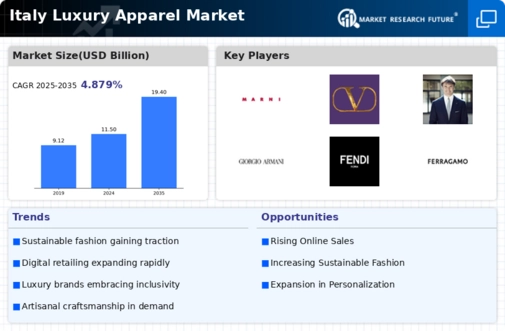






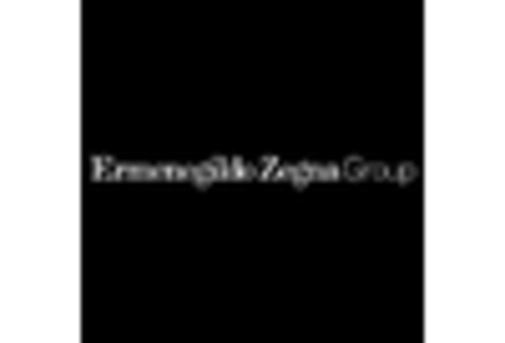

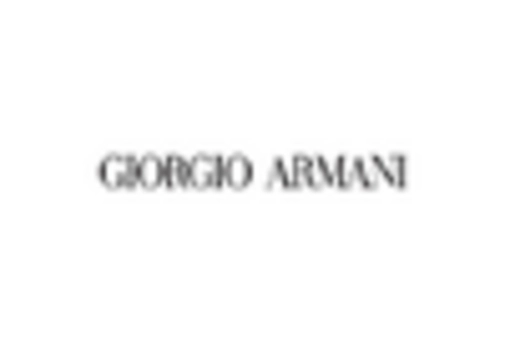
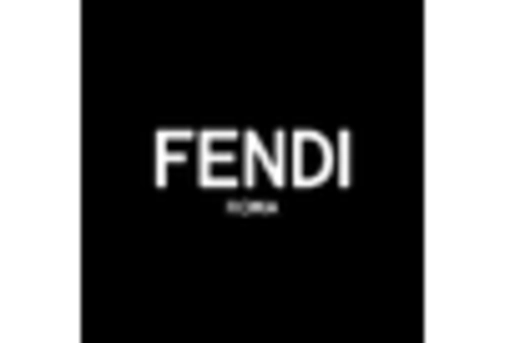

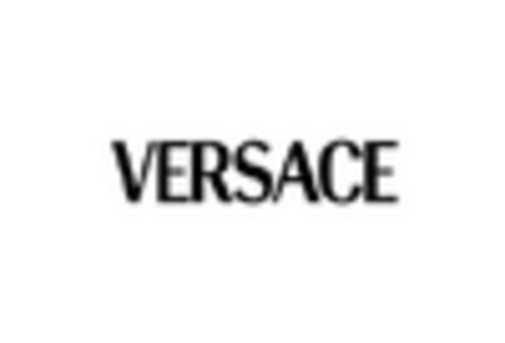

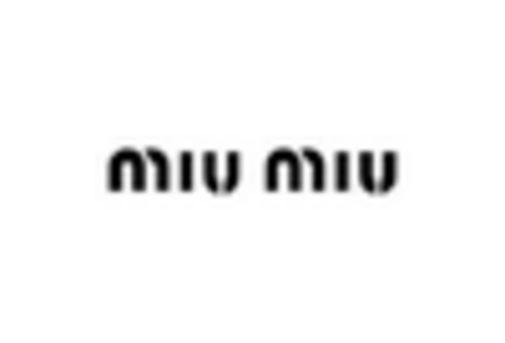








Leave a Comment